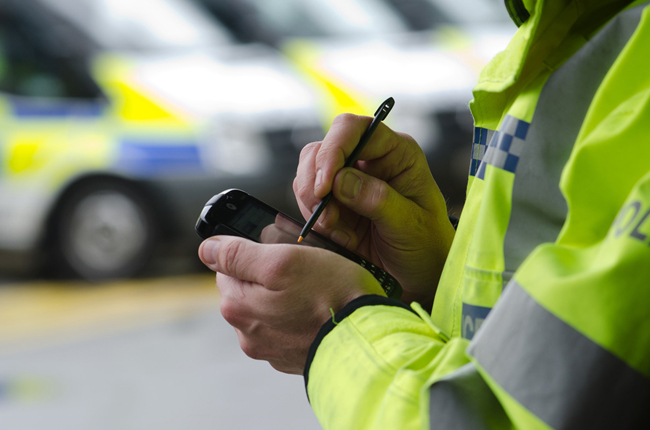Tender for ESN devices reassessed
The Home Office has relaunched its tender process for the supply of Emergency Services Network (ESN) devices, accessories and services that could be worth up to £150 million. It has published a second prior information notice (PIN) following market engagement on its original proposals.
The Home Office has relaunched its tender process for the supply of Emergency Services Network (ESN) devices, accessories and services that could be worth up to £150 million. It has published a second prior information notice (PIN) following market engagement on its original proposals.
The ESN is being introduced under the Governments emergency services mobile communications programme to provide a next generation communication system for the three emergency services and other public safety users.
The PIN, published last month, said: Market engagement and evolution of the ESN programme since the publication of the notice to the market in March 2016 has led to a reassessment of the potential procurement options for ESN devices.
We now wish to share our findings with the market by way of this revised prior information notice, including related material such as draft user requirements that reflect our latest thinking in respect of the potential procurement approaches for ESN devices.
The Home Office intends to establish a dynamic purchasing system (DPS), which will allow suppliers to bid for and supply ESN-approved devices accessories and services under categories that include:
Handheld devices standard, ruggedised, single and dual mode LTE (long-term evolution)/Tetra (terrestrial trunked radio) devices;
Specialist direct device to device communications;
Active accessories wireless, wired and batteries;
Passive accessories cases and device carriage on clothing;
Potentially vehicle devices vehicle (four-plus wheels) ESN modems, devices and gateway devices; vehicle (two wheels) ESN devices and waterborne ESN devices;
Vehicle accessories;
Potentially vehicle installation design and implementation;
Potentially managed services; and
Unified any combination of the other categories.
The Home Office estimates that 300,000 devices will be needed to make the transition from its current Airwave service, which ESN is replacing, with the first procurement starting in the second quarter of 2017, prior to the start of the first regional transition.
There is also requirement for 1,500 production standard trials devices of various types for operational trials and pilots starting mid-2017. These trials devices will be procured incrementally, using the DPS, for the operational trials and pilots.
The first of 12 regional transitions to the ESN is planned for September 2017, with the process expected to take up to 27 months.
The ESN Devices project team plans to host supplier events and market sounding meetings in the lead up to the release of the tender to further develop its understanding of the market and ensure procurement readiness.
The PIN says the estimated value of the four-year ESN devices DPS is between £30 million and £150 million.
The 4G ESN being supplied by EE offers unrivalled broadband capabilities for applications such as body-worn video streaming, digital imaging, automatic vehicle location, computer-assisted dispatch, mobile and command centre apps, web access, enriched email, mobile video surveillance apps such as facial recognition, enhanced telemetry/remote diagnostics, GIS (geographic information system) and many more.




